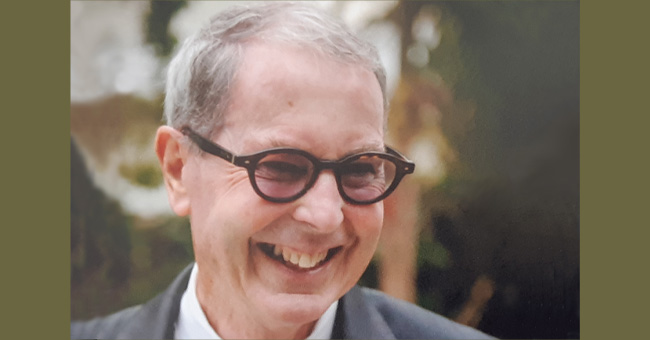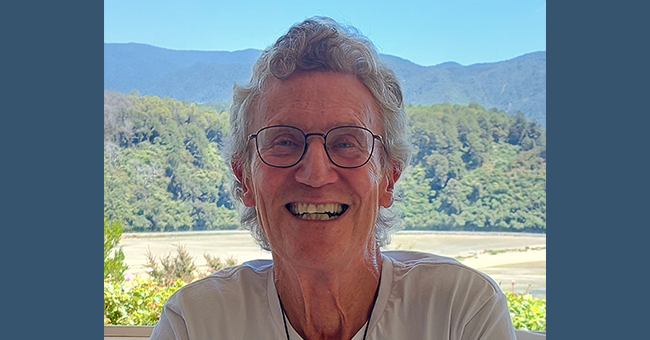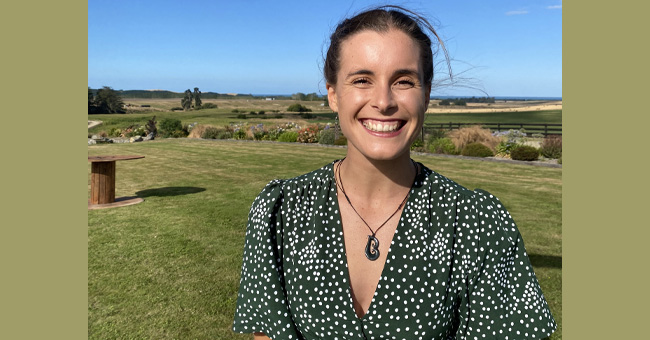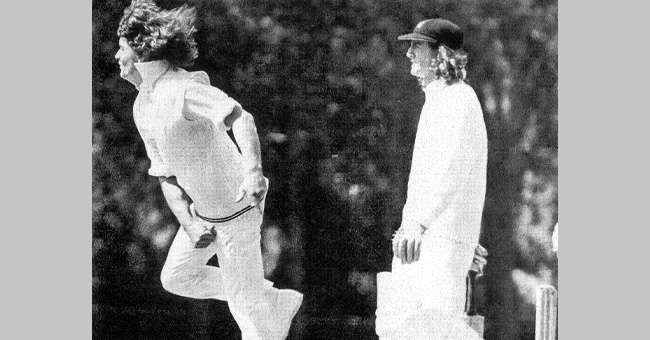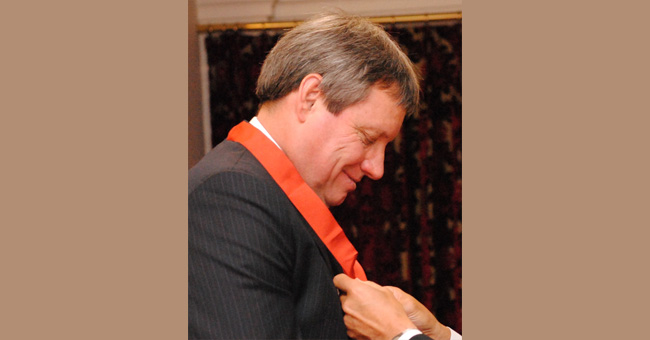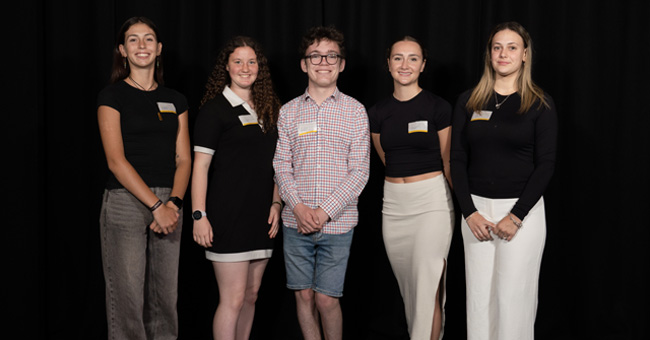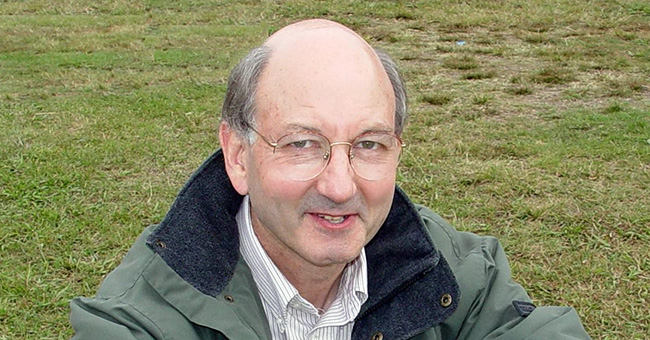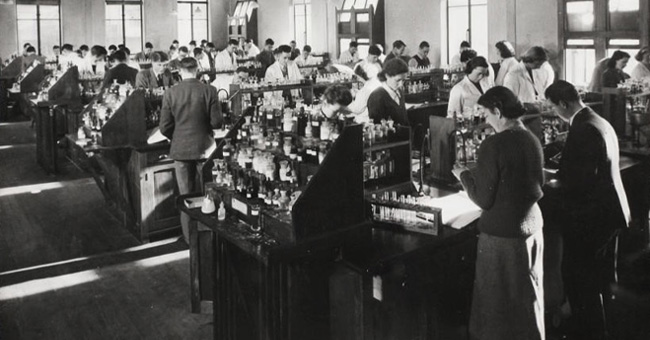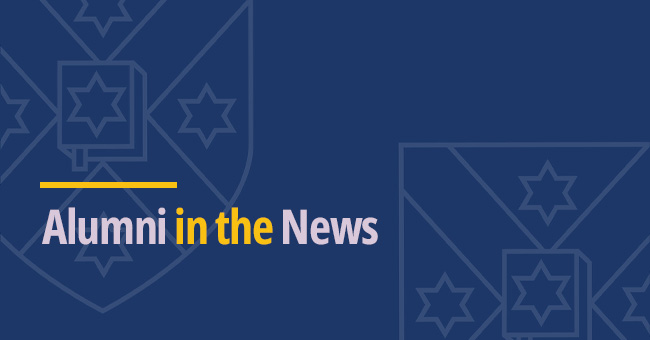@Otago Issue 38
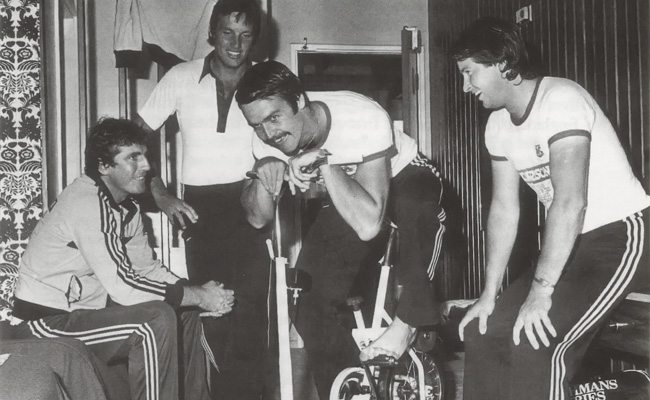
Fitness test with fellow alumnus John Wright (left) and Martin Snedden standing behind Gary Troup
Almost by accident, New Zealand cricketing legend and sporting icon Martin Snedden pursued his legal studies at Otago. After missing entry to Law at the University of Auckland, he was offered a place in second-year Law classes in Dunedin and made the move south.
The third generation of his family to take a career in the law (his grandfather Andrew (Nessie) Snedden and his father Warwick Snedden were first-class cricketers and lawyers), he arrived in Dunedin with little idea of the city and its offerings.
“When I went down to Dunedin, I only knew one person and he was at the PE School. So, I flatted with a bunch of PE students and was soon introduced to the Otago lifestyle.”
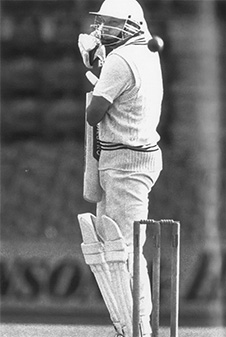
Resolute defence to save test in Perth (photo Greg Porteous).
Keen on both rugby and cricket he found that the exam period and summer break made it hard to follow a cricket career in the south and for a while was flown by his North Shore cricket club to play matches in Auckland. However, having played New Zealand school cricket with Dunedin’s John and Brendon Bracewell, he joined them at Dunedin’s Albion club, as did his son (fellow alumnus Michael Snedden), who 30 years later went on to play more than 100 games for Albion.
Forty-three years ago, Martin was selected for a New Zealand cricket side, which went on to tour Australia for three months.
The team did well in the tournament and eventually made it through to the finals against Australia in Sydney and Melbourne. It was 3 February 1981 in Melbourne when Australian team captain Greg Chappell lofted a hit towards the boundary and Martin dived at the right moment to take an incredible catch that ‘never was’.
“It was a bizarre incident, the umpires said they weren’t watching the ball, it went with a few other dubious decisions we had in that series.
“I was a student and got to play not only with my Kiwi cricketing heroes, but with my Aussie cricketing heroes as well on amazing grounds that I had only dreamed of playing on.”
He says his bowling style fitted well into the team’s approach to the burgeoning one-day games, which were being promoted in Australia and televised live back in New Zealand.
The early February game wasn’t only notable for Martin’s ‘catch’, but at the end of the game fellow Otago alumnus “double All Black” Brian McKechnie (BCom) faced an underarm delivery, bowled by Greg Chappell’s younger brother Trevor.
“That year (1981) was the same year as a Springbok tour of New Zealand, and that, coupled with the live coverage of cricket games, made the sport in my opinion briefly bigger than rugby in this country.”
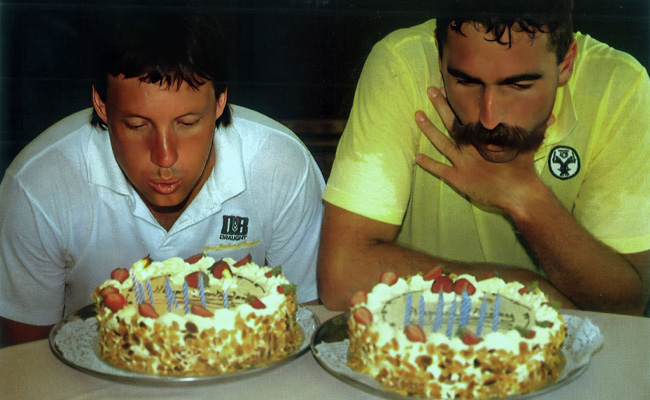
Sharing a birthday with Aussie great Merv Hughes (photo Margot Butcher)
In 2001 Martin was appointed CEO of New Zealand Cricket, after spending much of the 1990s on its board. Moving to Christchurch he says it was a great place to live and bring up a young family.
After six years in this role, he was made the CEO for Rugby World Cup 2011 in Aotearoa New Zealand.
“It was probably the biggest event that New Zealand has ever run. Up to this time we had hosted some Commonwealth Games, but nothing as big as this. There was tremendous pressure on us to make it a success.”
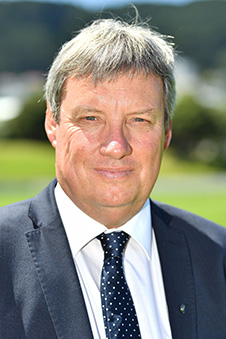
Martin Snedden.
Martin says early on the strategy was to make it an event for all New Zealanders and to try and take the focus away from an All Blacks win. It had been 24 years since NZ had hoisted the Web Ellis Trophy and he says a variety of factors had led to this.
“In the end there was tremendous support from right across the country, not just for the 48 matches, but also for the 133,000 overseas visitors. We didn’t just want the rugby to shine, we wanted New Zealand and our people to shine as fantastic hosts.
“Outside of raising a family the Rugby World Cup goes down as the number one event in my life.”
He says there were many challenges along the way, including a change of government, a raft of local government and other agencies to work with.
“I think in the end it all came together really well and brought a lot of pride for the country.”
He says the Forsyth Barr Stadium is a good example of what was achieved for the Rugby World Cup.
“Given the very tight deadlines, the companies working on the project agreed to set aside any disagreements until after the work was completed and this world-class facility was completed just in time and has gone on to be a real asset for the city.”
Martin has tried to reflect on why he quickly turned around from a struggling student to one who achieved.
“I think a big part of it is all the students living together and supporting one another in the north of the city. There’s a student spirit there that Auckland didn’t have when I was there and still doesn’t.
“Also given the many freezing cold flats it made great sense to spend as much time as possible in the library and other well-heated buildings on campus!”
Martin was paid $10,000 to do the three-month tour of Australia and pretty much all his expenses were paid for, so when he came back to Otago he says he was briefly, “the richest student in Dunedin.”
Martin worked for 20 years for his family law firm, spending the last 10 years as a partner, with his brother David, before moving on to CEO at New Zealand cricket.
Now focusing on governance work, alongside his wife of more than 40 years Annie (originally from Hawke’s Bay), they mainly split their time between Taupo and Auckland. “We met towards the end of my first year at Otago and have effectively been together for 44 years.”
Annie completed her legal studies at Otago, practised law for 9 years, but then retrained as a teacher when they lived in Christchurch and has recently retired after 16 years of teaching full-time.
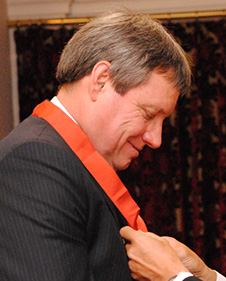
Martin Snedden receiving CNZM.
They have strongly encouraged their four children to study in Dunedin. Lucy Hall (nee Snedden) completed a BCom in Accounting and Finance and is currently a manager at Air New Zealand, she was awarded the T K Cowan Scholarship in Accounting and Finance in 2009, Stephanie Snedden completed BA/LLB and is a Senior Associate with Buddle Finlay in Wellington.. Ella Snedden BA/LLB is an Associate at Anderson Lloyd in Auckland, she received a Law Scholarship in 2016. Their son Michael plays first-class cricket for Wellington (the fourth generation to play at this level), he began his studies at Otago, but completed his teacher training elsewhere.
“In our view Otago has the right recipe. Good academic success, great student life and it left both of us with a legacy of friends from right around the country and beyond for the rest of our lives.
“I have to thank the incredible law lecturers who were all so supportive of me while I represented my country. They made sure I was able to fit my exams in and around a professional cricketing career.”
Martin Snedden never played cricket for Otago, but he went on to play 25 test matches and 93 one-day internationals for NZ from 1980-90. Bowling in a nagging seam-up style, he took 58 test wickets and 114 wickets in one-day internationals. He was made a Companion of the New Zealand Order of Merit (CNZM) in 2012 for services to sporting administration. He graduated from the University of Otago with an LLB in 1982.
The University has seen many incredible cricketers and others heavily involved in the game. In addition to the two Sneddens, they includes Gren Alabaster, Jack Alabaster, Suzie Bates, Paula Boock, Amber Boyce, Mark Bracewell, Terry Crabb, John Cushen, Campbell Furlong, Aaron Gale, Claudia Green, Wendy Hadden, Shaun Haig, John Hansen, Nathan King, Warren Lees, Dr Ata Matatumua, Russell Mawhinney, Brian McKechnie, Patricia McKelvey, Heath Mills, George Morris, John Murtagh, Dion Nash, Murray Parker, Mark Richardson, Bradley Scott, Jordan Sheed, Murray Webb, Sam Wells, Jeff Wilson, and John Wright.
